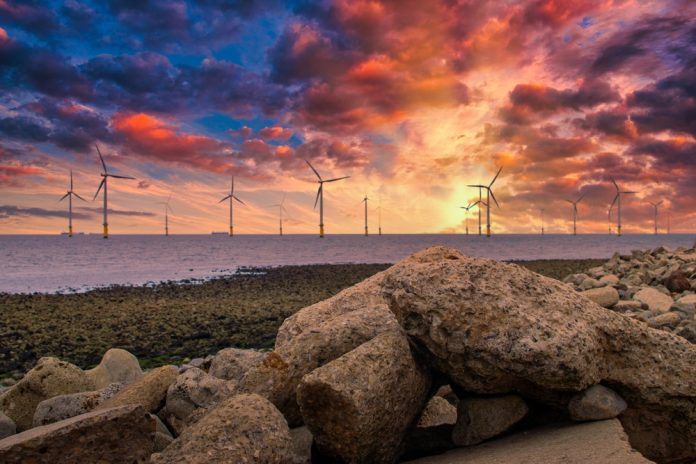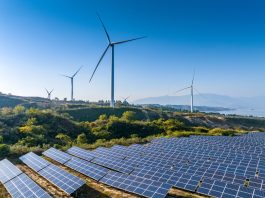Up to thirteen major offshore wind projects have been unlocked as the government announced measures to accelerate the construction of UK offshore wind infrastructure.
By inheriting outdated and archaic infrastructure restrictions that slowed and jammed the building of UK offshore wind projects, ministers are streamlining the consenting process to accelerate their construction.
As set out in the Chancellor’s growth speech, this will hasten the delivery of vital infrastructure projects and unlock growth as part of the Government’s Plan for Change while protecting nature and the environment.
Together, the offshore wind projects will generate up to 16GW of electricity – almost equivalent to the electricity generated by all of the country’s gas power plants last year.
They will also create thousands of good jobs in the offshore wind sector, potentially spurring £20-30bn of investment in homegrown clean power.
Growing UK offshore wind expertise
With 13.9 GW of offshore wind energy fully commissioned by 2023, the UK has developed a highly capable supply chain.
The UK Government says it is focused on meeting its own growing energy needs, which are projected to triple by 2030.
By 2030, the UK Government has set the ambitious target of quadrupling its offshore wind capacity to 60 GW, reflected in its historic investment in Great British Energy with the Crown Estate last year.
Great British Energy is a publicly owned clean-energy company established to make Britain a clean energy superpower.
Owned by the British people, it will manage and operate clean power projects, such as wind farms, across the country. It will be headquartered in Scotland and funded by a windfall tax on oil and gas giants.
The initiative aims to reduce energy bills, enhance energy security, and create jobs by investing in the cheapest forms of electricity generation.
This initiative will also ensure that its citizens, rather than foreign entities, enjoy the benefits of the UK’s natural resources.
Conserving seas with marine protection
These changes will allow the Government to designate new Marine Protected Areas or extend existing Marine Protected Areas to compensate for impacts to the seabed caused by UK offshore wind development.
This will prevent delays that have previously resulted from insufficient environmental compensation being agreed upon while protecting the marine environment and contributing to the commitment to protect 30% of UK seas for nature by 2030.
Marine Minister Emma Hardy explained: “Under the Government’s Plan for Change, we are committed to boosting growth and making Britain a clean energy superpower while defending our important marine habitats.
“These changes show we can make significant progress in expanding homegrown British clean power in a way that protects vulnerable sea life.”
Delivering clean power by 2030
The new announcement follows the Government’s forthcoming Planning and Infrastructure Bill, which will unlock much-needed infrastructure projects whilst supporting nature recovery.
Furthermore, targeted changes to the management of underwater noise will fast-track the UK to deliver a clean power system by 2030.
“UK offshore wind will be the backbone of delivering clean power by 2030 as we enter a new era of clean electricity,” said Energy Minister Michael Shanks.
“As part of the Government’s Plan for Change, today’s announcement will help unlock crucial UK offshore wind projects that will boost our energy security, protect billpayers from volatile fossil fuel markets, and help make the UK a clean energy superpower.”
Any new designations of Marine Protected Areas will follow the existing process required under legislation and will include consulting other affected industries and communities.
The new or extended Marine Protected Areas will protect a range of marine habitats, with the cost of their designation and management funded by offshore wind developers through the Marine Recovery Fund.









